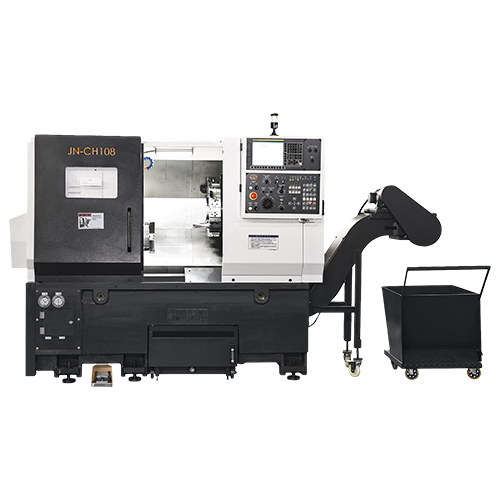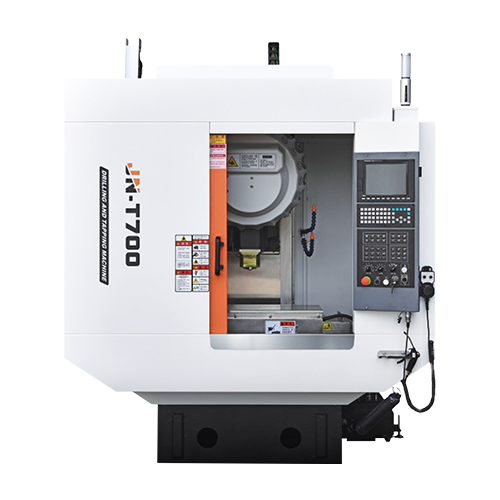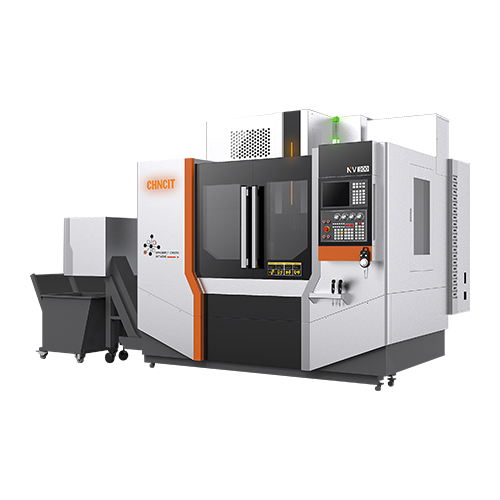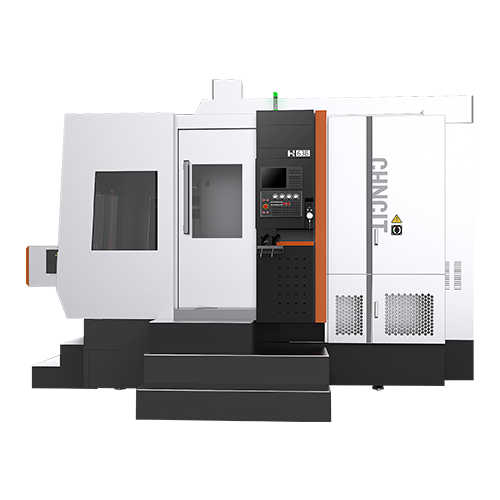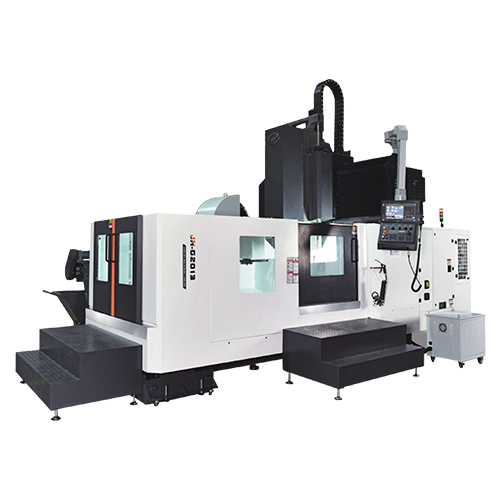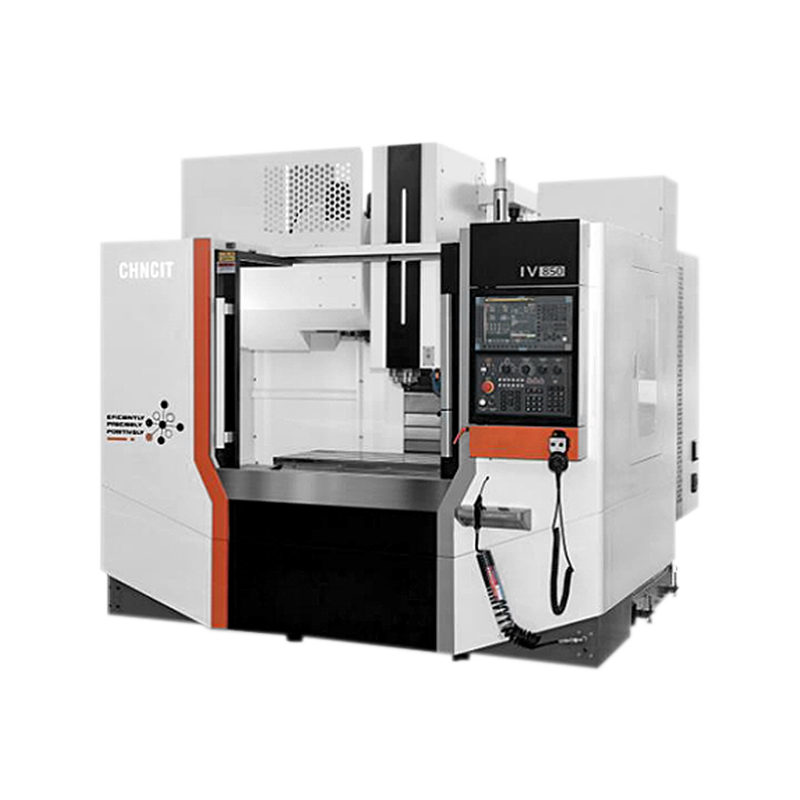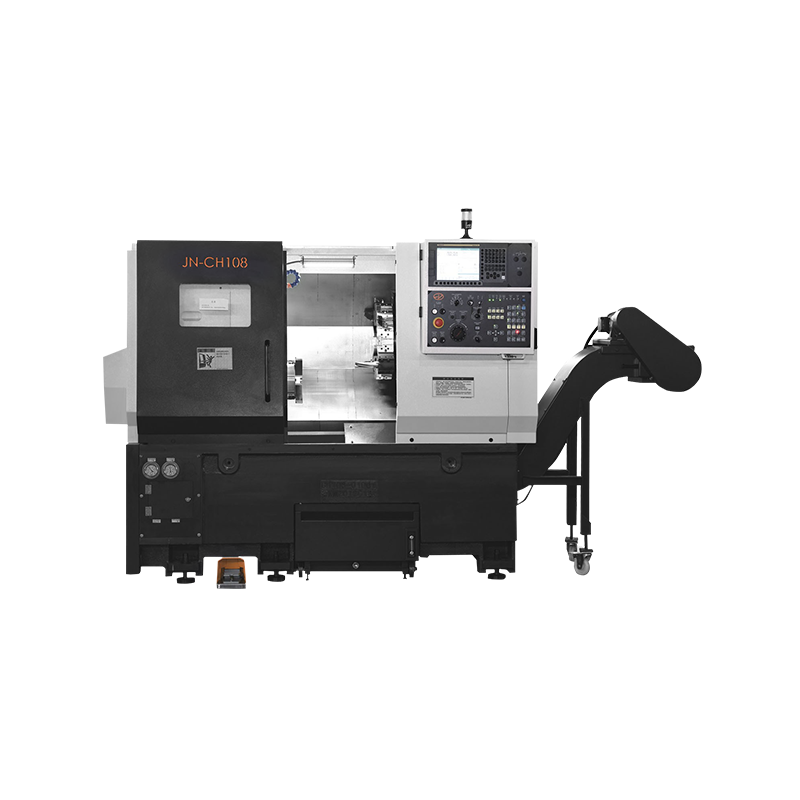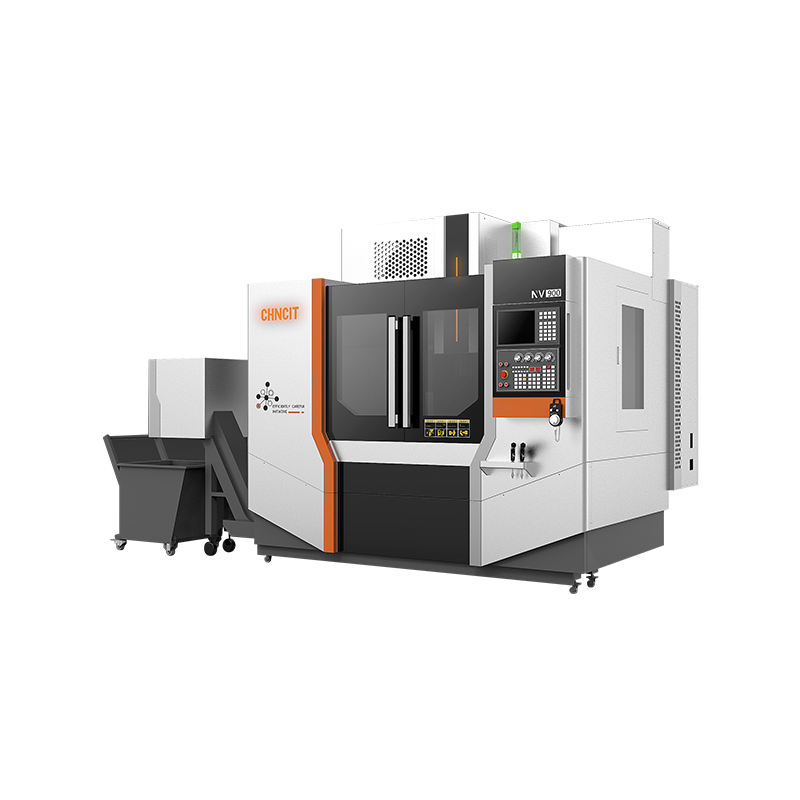-
 WHATSAPP
WHATSAPP -
 INS
INS -
 WECHAT
WECHAT
CNC Milling vs Drilling: Key Differences Explained
In the world of precision manufacturing, customers often ask: “Should I use a CNC Milling Factory or a CNC Drilling Factory for my parts?” Many components require both contouring and hole-making operations, so understanding the differences and trade-offs between CNC milling and drilling is critical. As a manufacturer of machine tools and an operator of machining factories, we at Jiangnan CNC Machine Tool Co., Ltd. believe it’s important to clarify what each process does ideal, where their strengths lie, and how combining them smartly can deliver better parts at lower cost.
Key Differences Between Milling and Drilling
Understanding the differences helps you decide the ideal approach (or a combination) for your parts.
1. Motion & Tool Path Complexity
Drilling is largely a single-axis operation: the drill bit moves vertically into the material. It’s simpler in terms of path programming and motion.
Milling involves multi-axis motion (X, Y, Z, sometimes A/B/C rotational axes). The tool moves laterally, vertically, and sometimes tilts or rotates to generate complex geometries.
Because of that, milling can sculpt surfaces, pockets, contours, and complex shapes that drilling alone cannot. This is a key reason why CNC milling is more versatile.
2. Types of Features & Applications
Drilling is used when you need holes: straight holes, countersinks, threaded holes, boring or reaming follow-up operations.
Milling is for shaping external or internal contours, slots, pockets, faces, and complex 3D surfaces.
Often parts combine both operations: first contouring by milling, then holes by drilling (or the reverse, depending on design). A good factory layout will minimize repositioning errors and fixture changes.
3. Precision, Tolerance & Surface Finish
Milling generally allows tighter tolerances on surfaces and geometry, especially for features beyond simple holes. It also gives better control of surface finish in many cases.
Drilling is optimized for hole positional accuracy, concentricity, and depth, but might not deliver the same level of finish or geometric control on more complex shapes.
However, modern drilling centers with careful calibration, stiff rigs, and good tooling can achieve quite high precision in holes. The relative strength of milling vs drilling in tolerance depends on machine quality and process planning.
4. Cycle Time & Efficiency
For simple holes, drilling is often faster and more efficient in terms of time per hole.
For complex parts requiring multiple operations, milling (or combination milling+drilling) may reduce multiple setups and handling.
But beware: overly complex milling operations can increase time and tool wear. The ideal is to balance minimizing setups, maximizing throughput, and not overextending tool life.
5. Cost Implications
Drilling machines tend to have lower initial cost (structure, controller, tooling) for basic hole-making capability.
Milling machines are more complex, with more axes, more robust frames, more sophisticated tool changers and controllers. That adds to capital cost, maintenance, and operator skill requirements.
On the other hand, a part that requires both contouring and holes may save cost by using a milling center that also drills (i.e. multi-function) rather than separate machines, depending on volume and precision.
6. Design Constraints & DFM Considerations
Designing for manufacturability (DFM) means knowing where drilling becomes a challenge:
Very deep holes or high aspect ratio holes are harder to drill cleanly (chip evacuation, tool deflection).
Thin walls near holes may vibrate or deform during drilling or milling.
Hole spacing, tolerances, and alignment constraints drive fixture design and setup complexity.
A good CNC Milling / Drilling Factory will review your drawings and flag designs that push these limits, then suggest adjustments.

